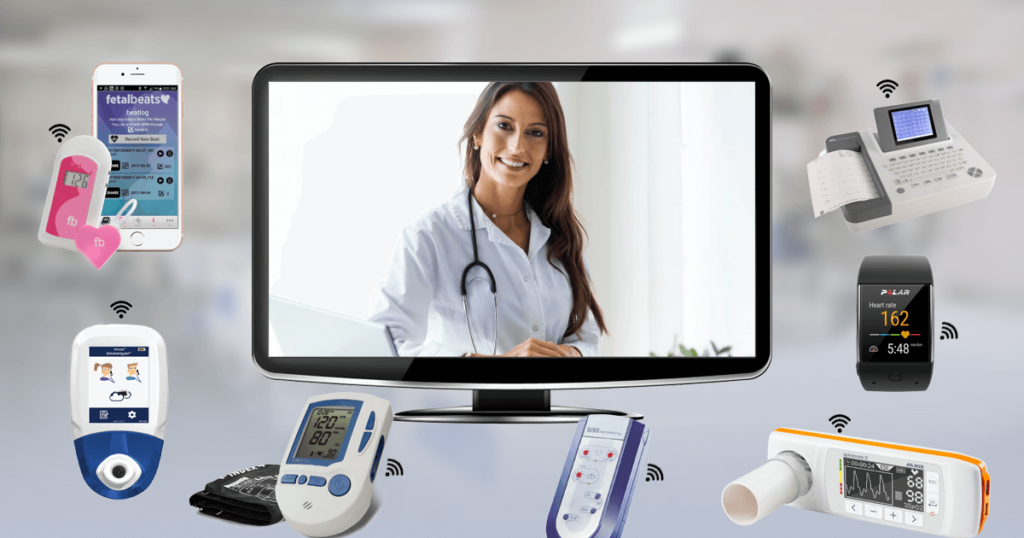Healthcare Panel Predicts the Shift to Remote Health Technology Practices – ESG News

Bryan Arkwright, Sumit Nagpal and Khan Siddiqui discuss Telehealth and medicine at Converge2Xcelerate Conference (Boston, MA)
HIGHLIGHTS
- HIGI has a nationwide network of 10,000 FDA cleared ‘Smart health’ stations
- Comcast is developing in-home device to monitor people’s health
- Comcast and Independence Health partnered on a new healthcare reform
(ESG News) – Healthcare and grocery shopping are more connected than you might think—and the link has nothing to do with nutrition. Instead, the connection between buying food and accessing care has everything to do with delivery methods.
The two experts on the Capturing the Consumer Health Zeitgeist with Remote Health Technology panel both used grocery shopping as a way to point to how healthcare could be provided in the future. The bottom line? Convenience is king.
At the Converge2Xcelerate Conference in Boston, Sumit Nagpal, SVP and GM of Health Innovation at Comcast NBC Universal, and Khan Siddiqui, Founder and CMO of Higi, discussed how technology is helping healthcare meet people where they’re at. While the models Nagpal and Siddiqui shared with moderator Bryan Arkwright, VP of Innovation at SCP Health, differed, the goal was the same: make healthcare access more routine. The Converge2Xcelerate Conference was filmed live on the Traders Network Show, hosted by Matt Bird.
Nagpal said Comcast’s focus is on bringing healthcare into the home, much in the way food delivery services like Amazon Fresh have changed the way people acquire groceries.
“We are looking at this from a ‘what happens in the home’ perspective. What happens where we live, work, play? We’re convinced that even though it is early days, over time, more and more care is going to be delivered closer to where we live,” Nagpal said. “A lot of care is going to get delivered in the home, and a lot of early warning—finding out that something is going wrong before an ambulance ride [becomes necessary]—is going to happen in the home.”
Without providing too much detail because the project was still under development, Nagpal pointed to a system in which Comcast—with customer permission—could use technology to help medical professionals listen in on kids’ breathing patterns while they slept. Such monitoring might sound intrusive, but it could also help families stave off serious asthma complications before they became too dangerous, Nagpal said.
Siddiqui’s Higi is kind of like the ATM of healthcare. Perhaps it’s not as convenient as depositing a check on your phone, but for some matters, going to a physical location is necessary—and it often saves time in the long run. Higi operates 10,000 Smart Health Stations across the country. These screening kiosks provide basic health data to a network of care providers, who can then follow up with patients in need of additional services. Siddiqui said the goal is to make health screenings as routine as going to the grocery store.
Will Higi stations, or something like them, be where all basic medical screenings happen in the future? Perhaps. Or, as both panelists agreed, advancing technology could totally upend current models, as long as the technology helps save costs and is an easy shift for consumers. For instance, detecting Down’s syndrome in a fetus once required an ultrasound. It can now be done via a blood draw, Siddiqui said.
“You’ll be surprised 10 years from now what has actually disrupted health care,” Siddiqui said.












